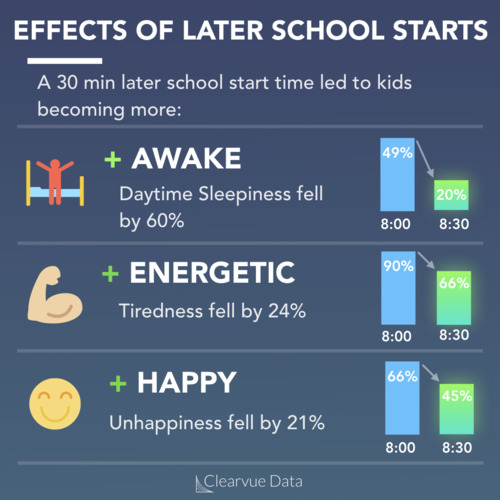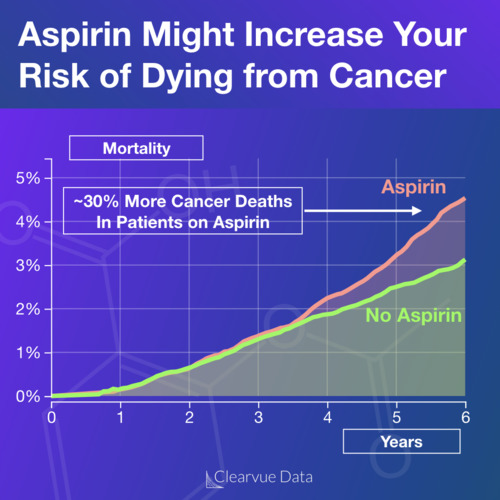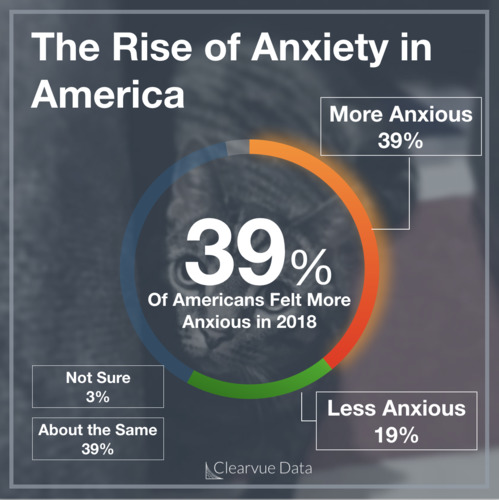Synthetic Opioids, like fentanyl and sufentanil, work just like the morphine that patients get in the hospital, the Vicodin that patients get after surgery, or the heroin an addict can get on the street, but they are far stronger.
The best known example, Fentanyl, is 100x more potent than heroin and is approved by the FDA. One particular form of fentanyl, Subsys, has been cited as a driver of the opioid crisis. It was originally approved only for cancer breakthrough pain, but was often diverted for off-label and illicit uses:
“Insys executives improperly influenced health care providers to prescribe a powerful opioid for patients who did not need it, and without complying with FDA requirements, thus putting patients at risk and contributing to the current opioid crisis”
Phillip Coyne, DEA

Now, Sufentanil, an opioid 5-10x more powerful than fentanyl, has been approved by the FDA to treat patients who have become tolerant to weaker forms of opioids.
Cancer patients can experience years of excruciating pain. Often, they have to turn to ever more potent painkillers as weaker forms of opioids no longer work. Additionally, the FDA has cited sufentanil’s potential use as a powerful and convenient oral opioid to treat battlefield wounds:
“The FDA has made it a high priority to make sure our soldiers have access to treatments that meet the unique needs of the battlefield, including when intravenous administration is not possible for the treatment of acute pain related to battlefield wounds.”
FDA Commissioner Scott Gottlieb, M.D.
However, some lawmakers and doctors are concerned about the abuse potential of this new drug:
“An opioid that is a thousand times more powerful than morphine is a thousand times more likely to be abused, and a thousand times more likely to kill.”
Senator Ed Markey
Users can easily overdose on fentanyl or sufentanil if they’re accustomed to heroin or other opioids.
Even a very small dose of sufentanil, weighing no more than a few grains of sand, can potentially kill a person not accustomed to powerful opioids.
This is of particular importance in the context of the growing American opioid crisis.
Opioid use and overdoses are growing year over year, and this growth is accelerating:

While some overdose cases are caused by suicide, or intentional overdose, most of the recent growth in opioid overdoses has been driven by unintentional overdose.
These are often opioid user seeking to get high, and take a much higher dose than they were intending to.
As shown below, the consequences of this can be severe and deadly:








